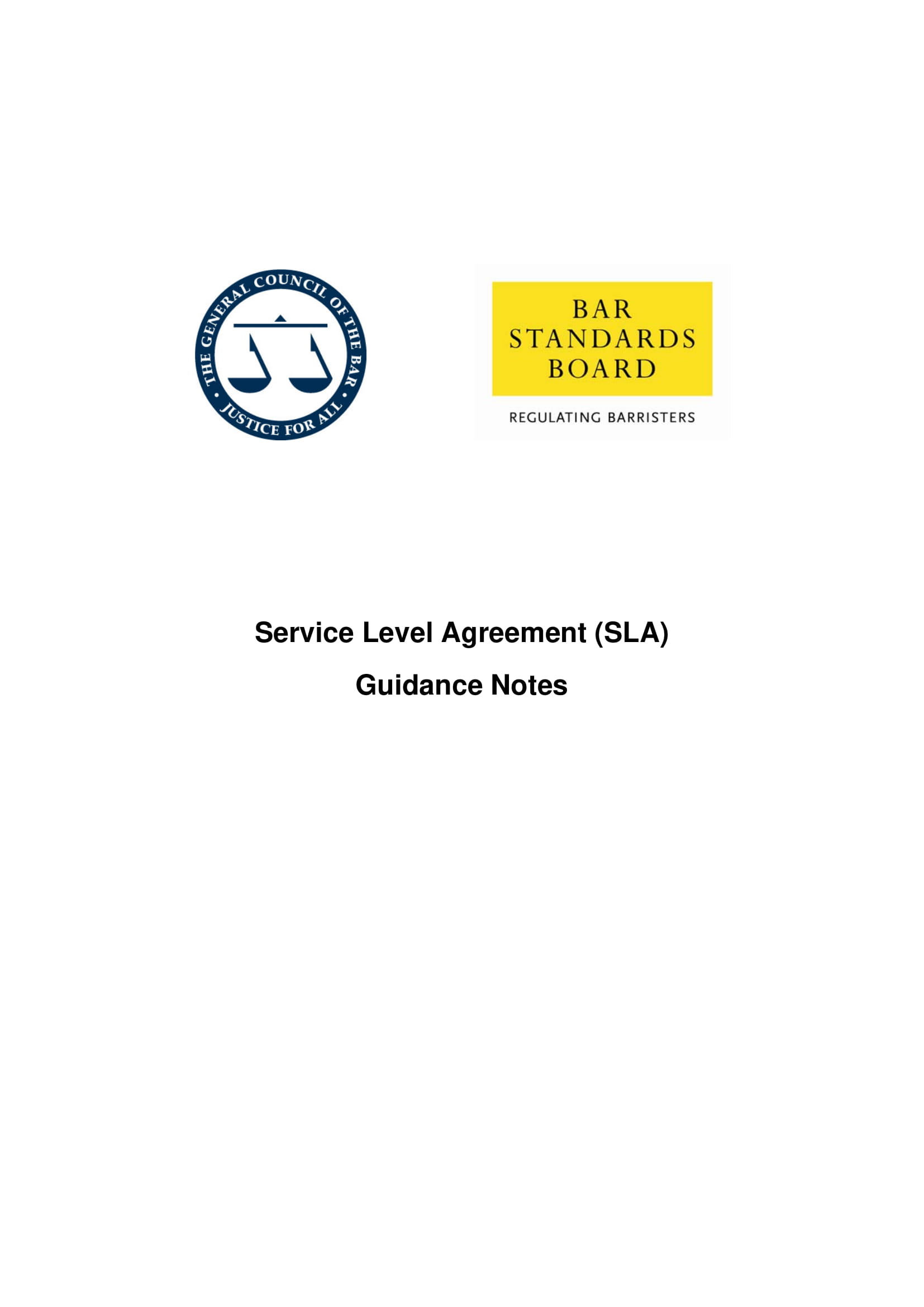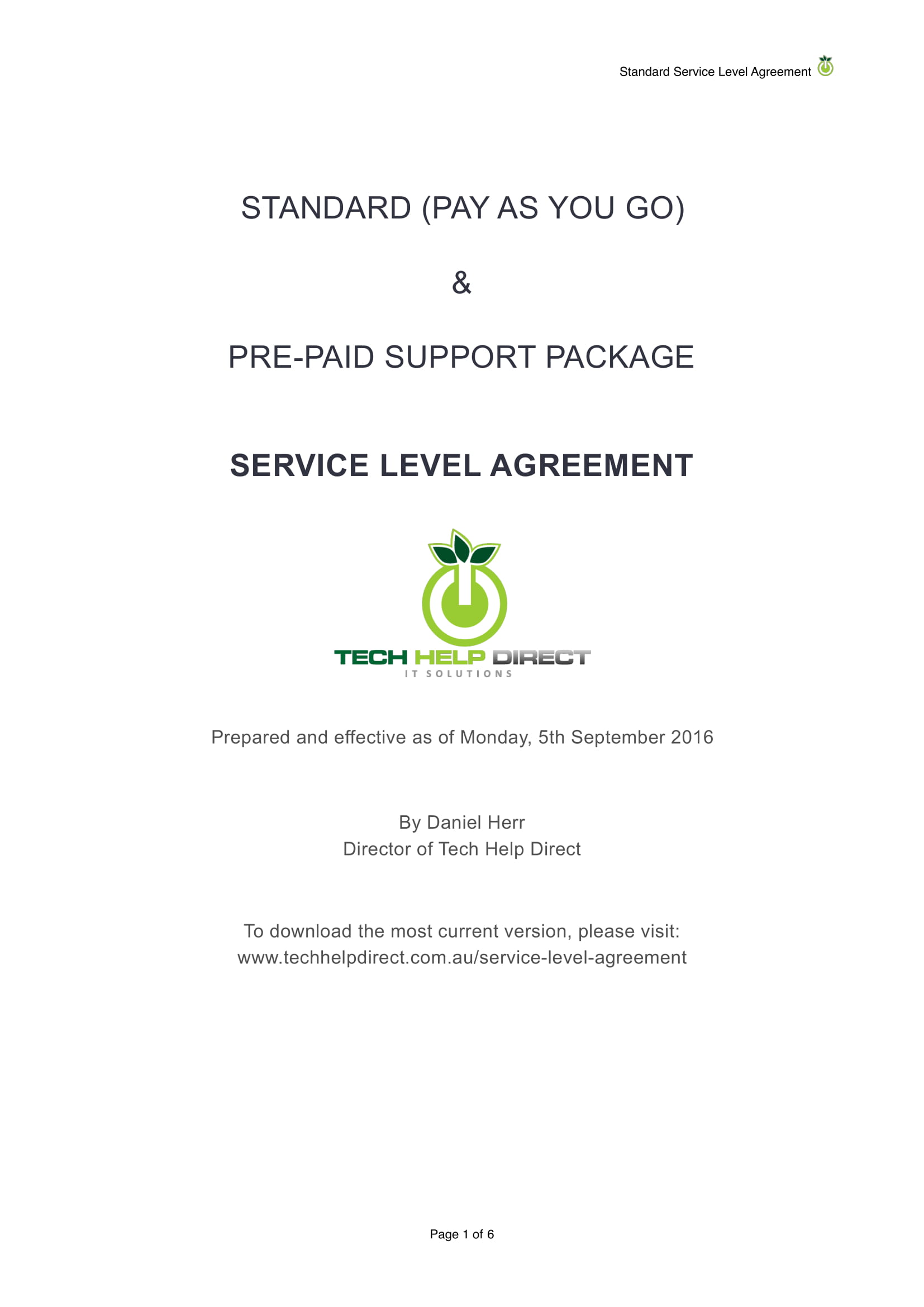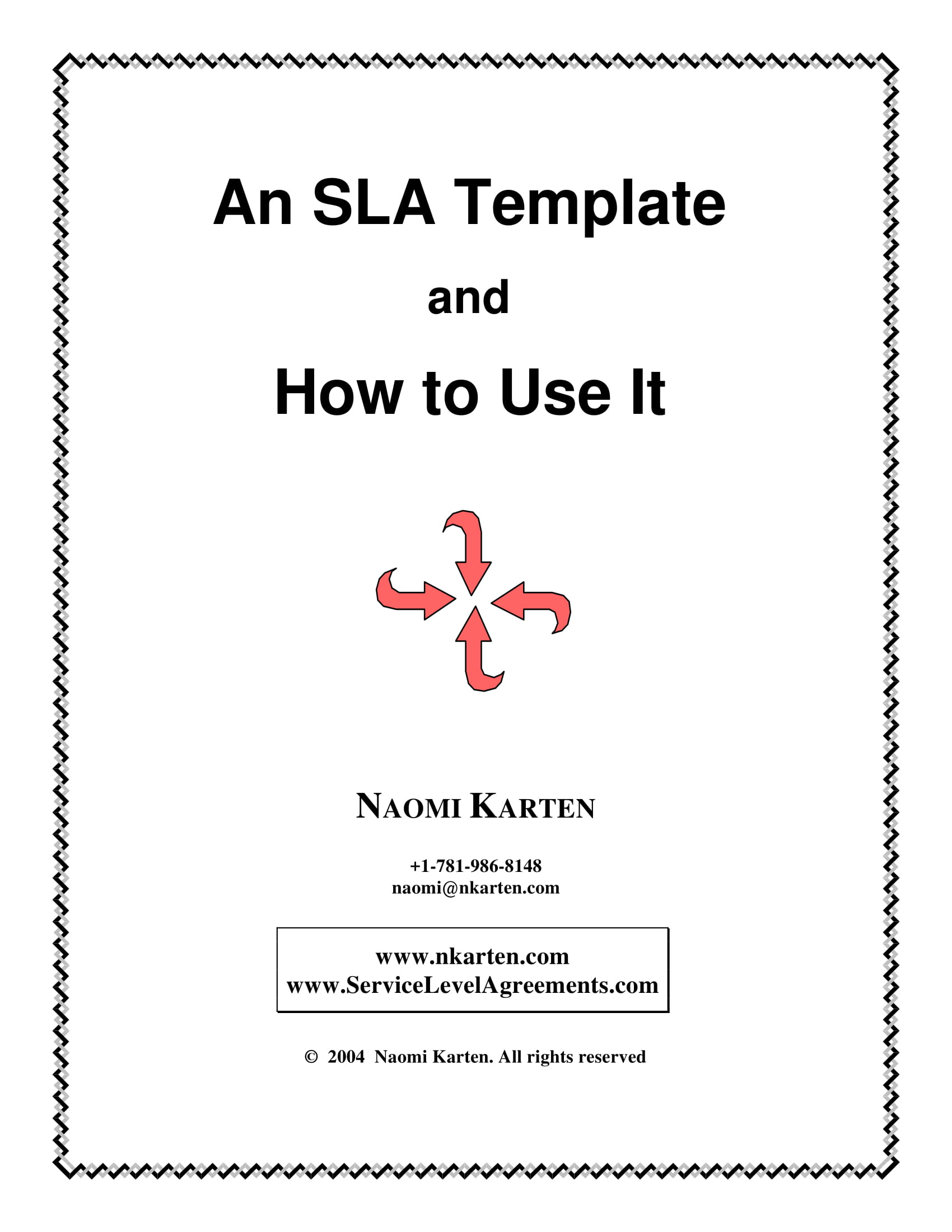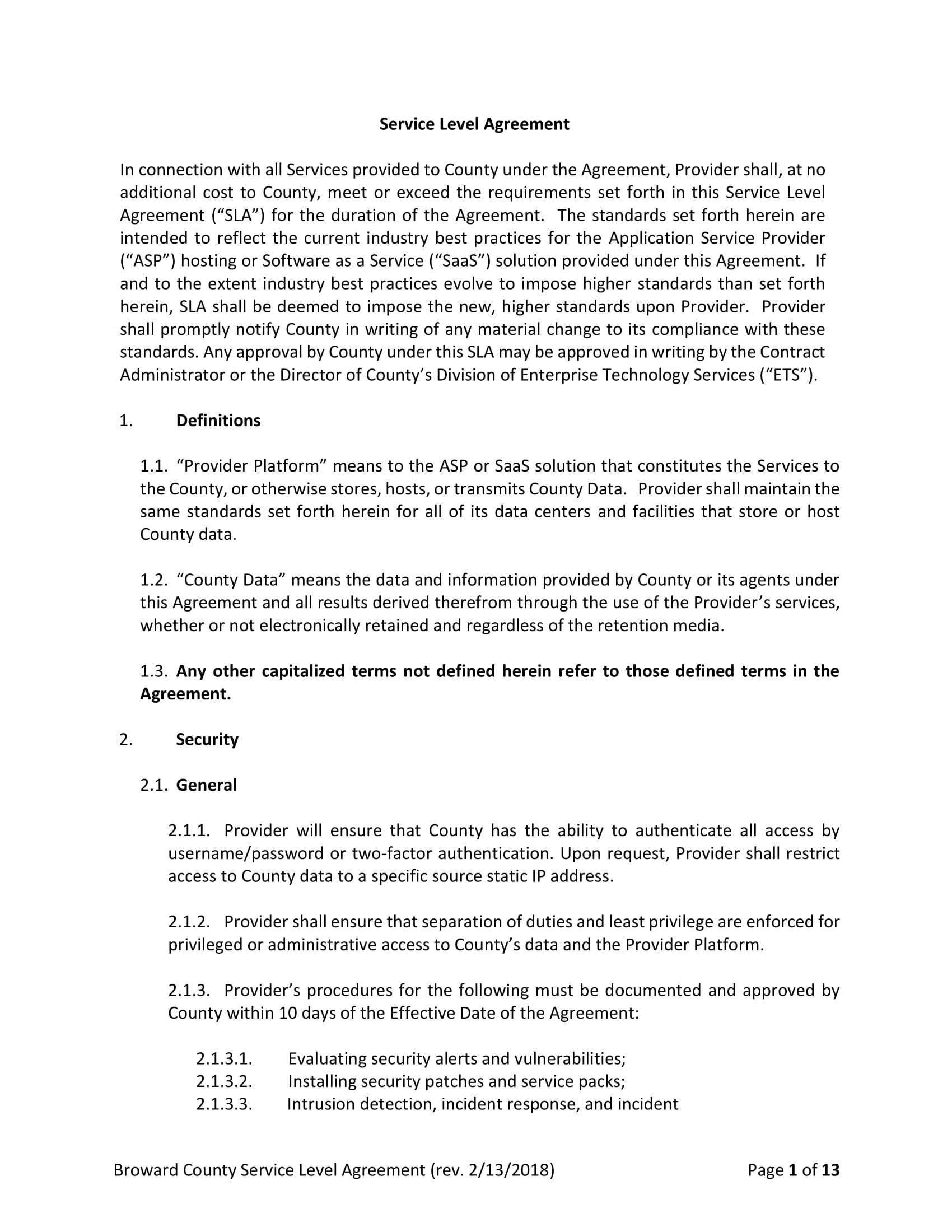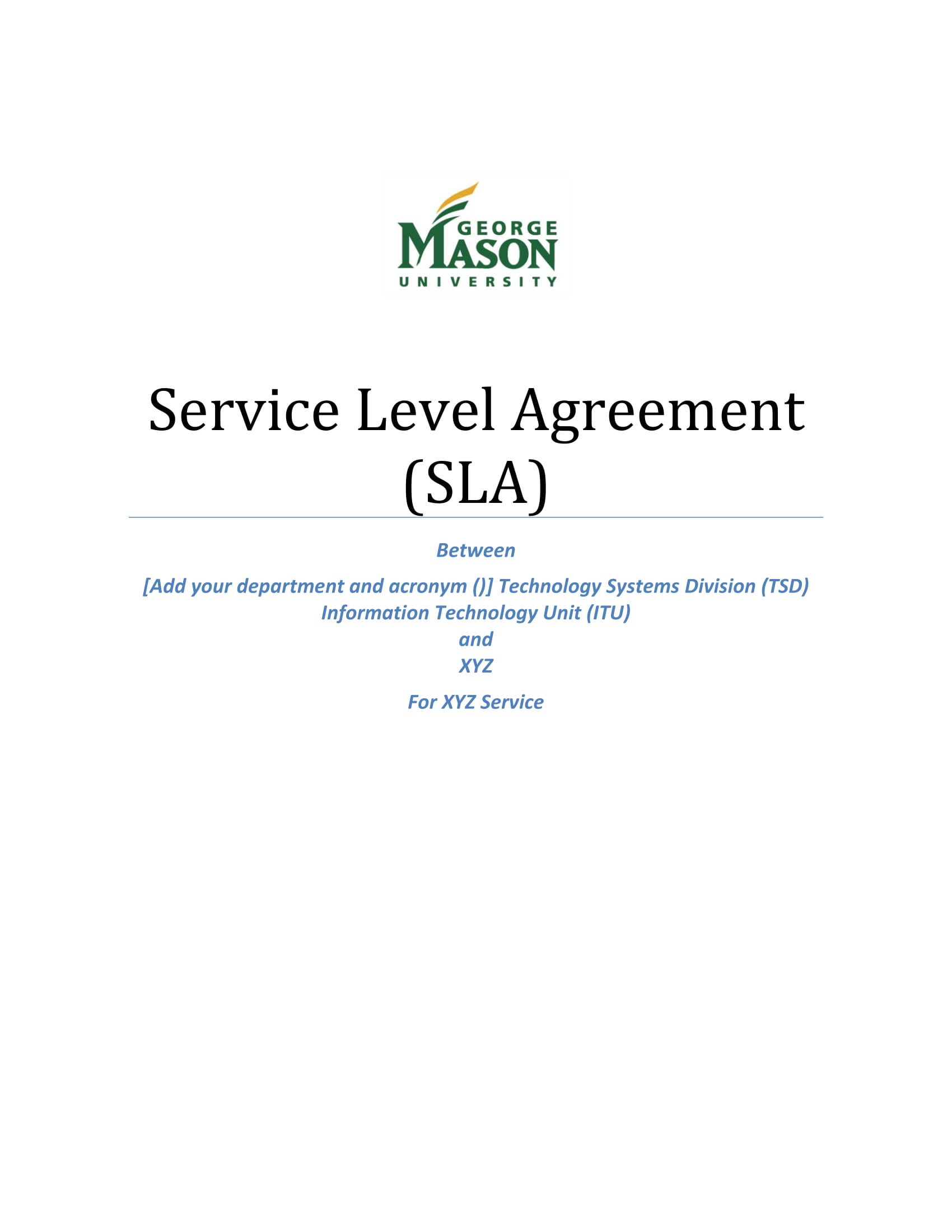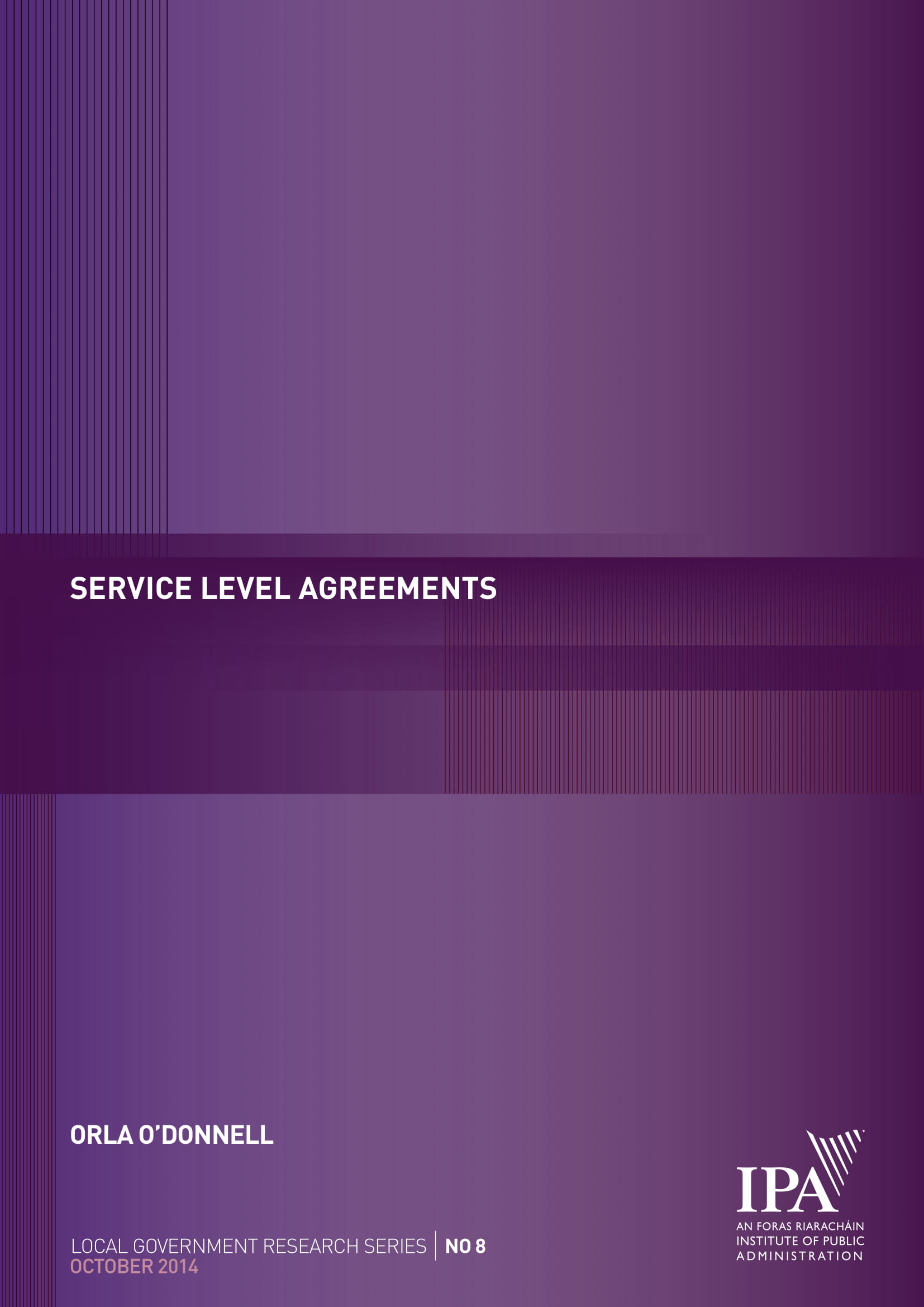17+ Service Level Agreement Examples
When a company offers to render its services, a client who chooses its name among the large crowd of competition has full reliance and confidence that it can deliver a high-quality service. Unfortunately, some delivers more disappointment than its promised service quality. A service level agreement ensures that not only a provider delivers the right service, but it also allows clients to monitor their performance. It’s an important document for clients because it grants them transparency and for service companies as well because it gives them the chance to build tight client relations. Together, they build a partnership that counts on each other’s ability to perform their roles and responsibilities to keep the wheels of the transaction rolling for a long time.
17+ Service Level Agreement Examples
1. Service Level Agreement Contract Template

2. Simple Service Agreement Contract Template
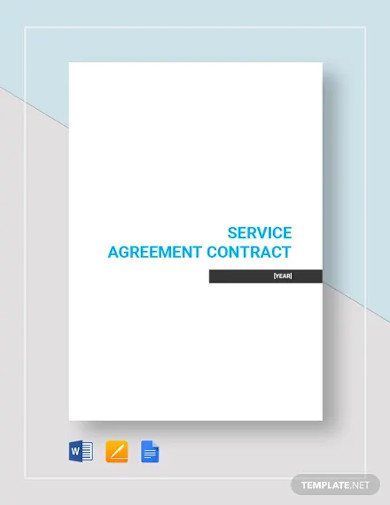
3. IT Service Level Agreement Template
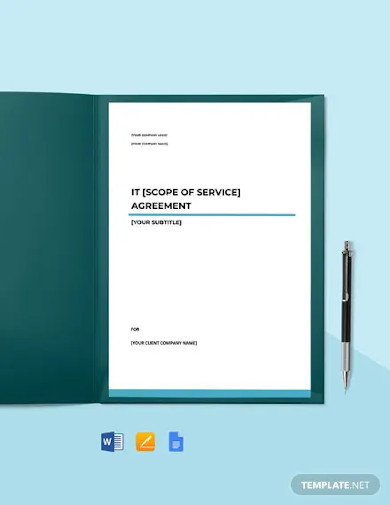
4. Service Level Agreement Example
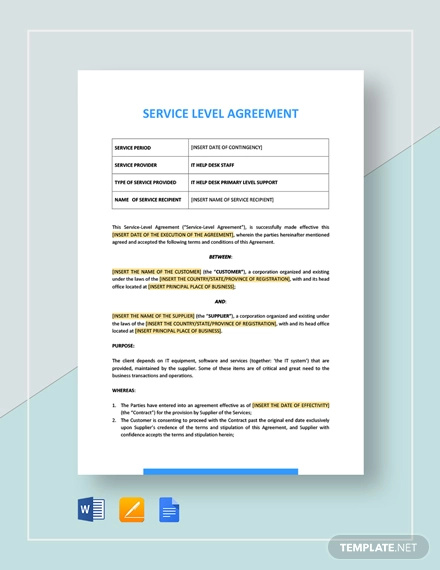
5. Simple Service Level Agreement Example
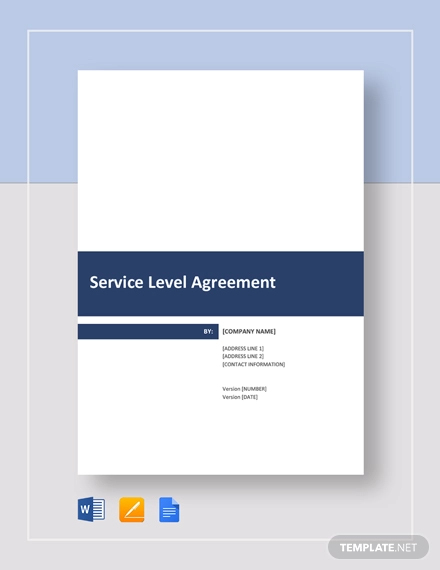
6. HR Service Level Agreement Example
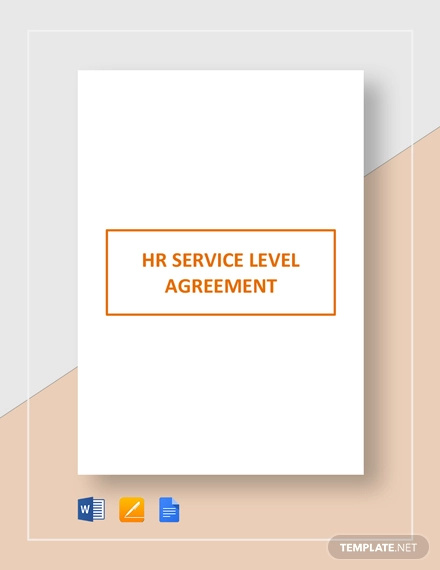
7. Restaurant Service Level Agreement Example
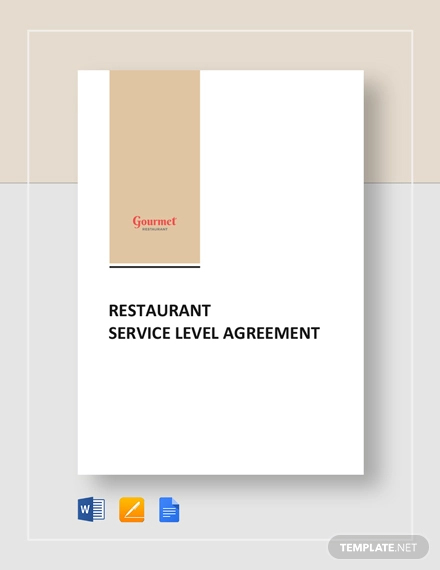
8. Service Level Agreement Outline Example
9. Service Level Agreement Template Example
10. Service Level Agreement (SLA) Guidance Notes Example
11. Standard and Pre-Paid Support Package Service Level Agreement Example
12. Service Level Agreement (SLA) Template and Usage Instructions Example
13. Service Level Agreement Guides Example
14. Simple Service Level Agreement Example
15. Service Level Agreement (SLA) Example
16. Service Level Agreement for Managed Services Example
17. Basic Service Level Agreement Example
18. Service Level Agreement Example
What Is a Service Level Agreement?
A service level agreement (SLA) is a business contract between service providers and their clients (external) or a department providing service to another department (external). This provides the details of the transaction, such as the expected quality and quantity of service a customer expects from a supplier and the appropriate consequences when it fails. The SLA varies according to its industry, so it can be an information technology SLA, human resource SLA, operational SLA, and customer SLA.
How to Make a Service Level Agreement
Contracts and agreements may denote excessive paperwork and numerous discussions, but why are they important in business deals and partnerships? According to Azcentral, contracts are important because a binding agreement emphasizes responsibility, defines timelines, and clears out payment terms. This is helpful in business transactions as it sets each party’s expectations to the right perspective.
Learn how to make an efficient SLA using the following steps:
1. Have a Common Goal
In SLA, both parties should share a common goal. The provider should reach out to its clients, determine their goals, and mold their services and objectives in a way that will efficiently cater to it. It’s being one with your client’s aims in signing the service agreement. If they’re vague about what they want, help them realize realistic and measurable expectations that your services can act upon.
2. Discuss the Terms Thoroughly
It’s important that your clients understand the scope of your work services and the details of what you provide. This is why you should include a thorough explanation of your service description. This also works in your favor because your client might assume that you provide related services that are not within your signed terms. You can easily refer to the agreement and explain the limitations of your provision.
3. Apply a Monitoring Mechanism
Because it pertains to “service levels”, the client should have the right to know how the quality of the service monitoring works. Are they providing the right amount of workload? Are they performing according to schedule? You should include a mechanism by which your client can check on the quality of your service. In an SLA, a client can demand compensation once the provider fails to give the right level of service that they agreed upon the signing of the document. This is why SLAs are commonly used by internet providers, IT support, software maintenance, and other IT-related industries.
4. Include a Termination Procedure
Cancellations happen a lot in business agreements, and most companies come prepared for this. You should have a termination clause on your agreement that provides the details for termination. These include the grounds for terminations and the necessary forms to submit. This allows both you and your client to call off or cancel the agreement formally and without a fuss.
FAQ’s
What are the different types of service level agreements?
There are there different types of SLA:
- Service-based
- SLA Customer-based
- SLA Multi-level SLA
How can clients verify service levels?
In most cases, service providers offer online monitoring through a portal that the customers can check for monitoring.
What are the important components of an SLA?
An efficient SLA has six essential components:
- Agreement overview
- Service objectives
- Parties involved
- Periodic review
- Agreement terms
- Service management
Service level agreements are important in transactions where the clients need constant rapport with their providers. From a non-entrepreneurial point of view, this is a hassle, and it costs a company more in providing the right communication channels. However, this is an opportunity for business people to build closer customer connections. This turns a one-time client into a lifetime patron and helps build the business’ name in the industry. If you need a well-crafted SLA, browse through our collection and download today!





